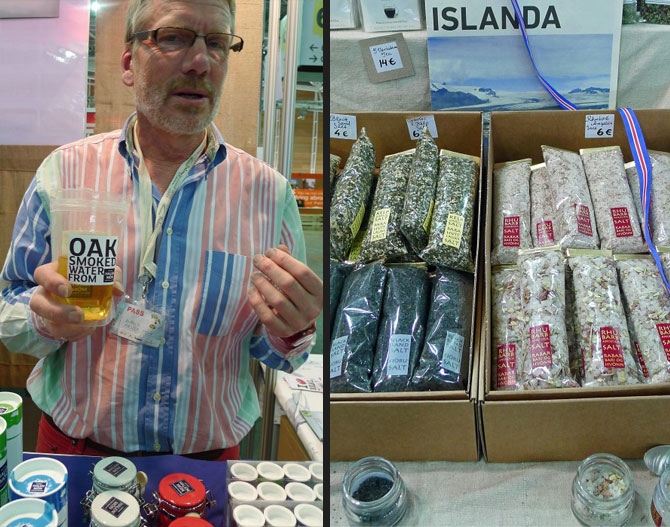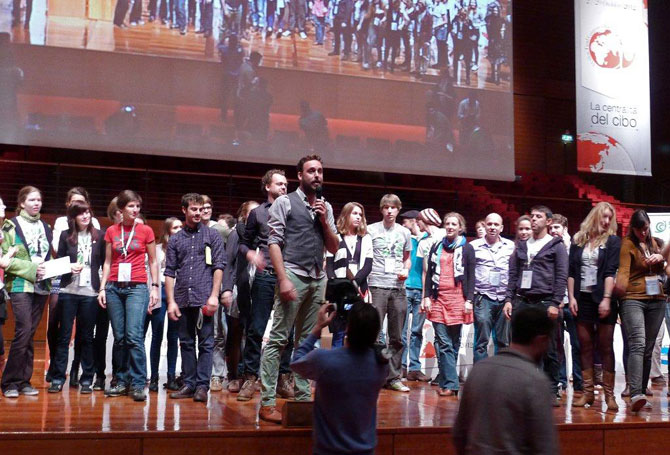On New Year’s Eve or after the festive lunch on the first day of the year, the father of the family cuts into a rich and aromatic cake, which has the year written in almonds on top and a lucky coin secreted inside. Each family member gets a piece, starting with the older ones, and whoever gets the symbolic coin is rewarded with a gift of money and starts the year with an advantage.

There are two basic kinds of Greek vassilopita, as this sweet is called: In my home we baked the Brandy & Orange Cake, a sumptuous westernized sweet with plenty of eggs and butter –a luxury in the old days. Other people baked vassiolopita politiki (from Istanbul) a yeasted, brioche-like sweet bread scented with orange zest and mahlep. The yeasted bread is probably closer to the older Greek traditions that have been kept alive by the so-called prosfyges (refugees), the Greeks who used to live in modern-day Turkey and were displaced from their homes in 1922, in accordance with the international agreements that followed the defeat in the Greco-Turkish war. Many bakeries throughout the country sell yeasted vassilopita, which can be baked in considerably large pans in the professional ovens. Offices, factories and all sorts of clubs and professional organizations order, and ceremoniously cut and distribute vassilopita to their employees or members, often rewarding the person who finds the lucky coin with a generous bonus. (more…)



